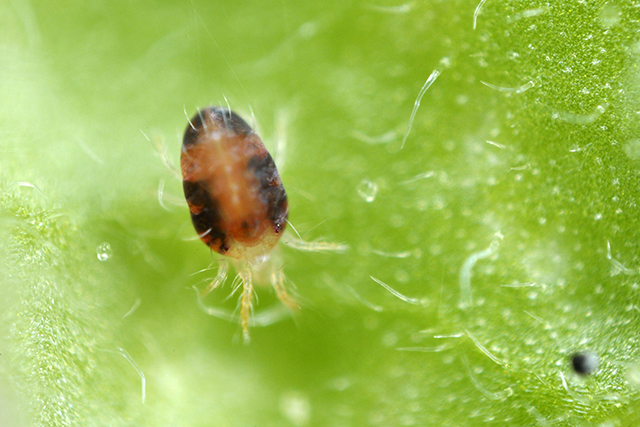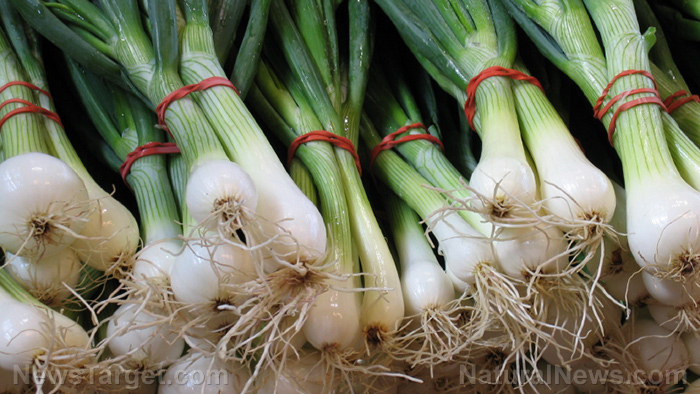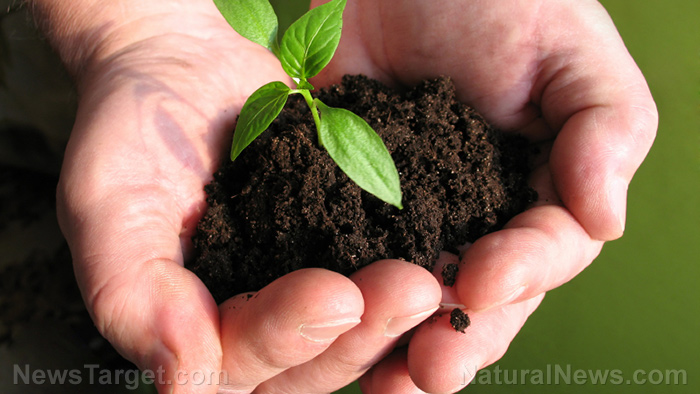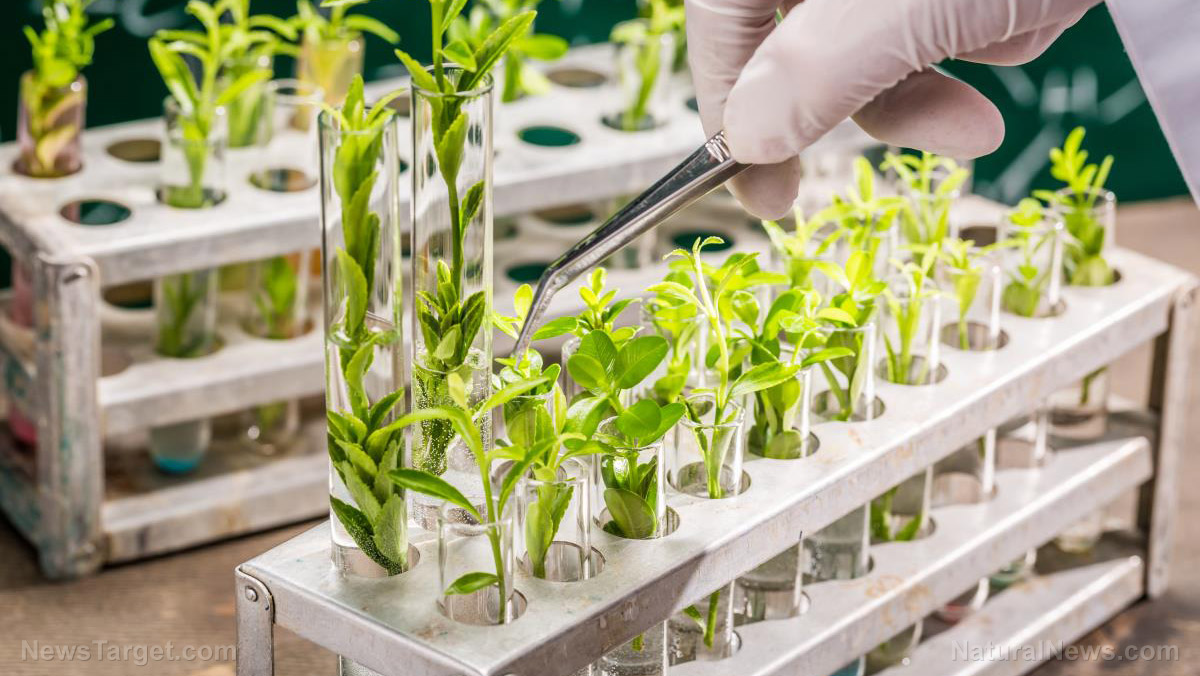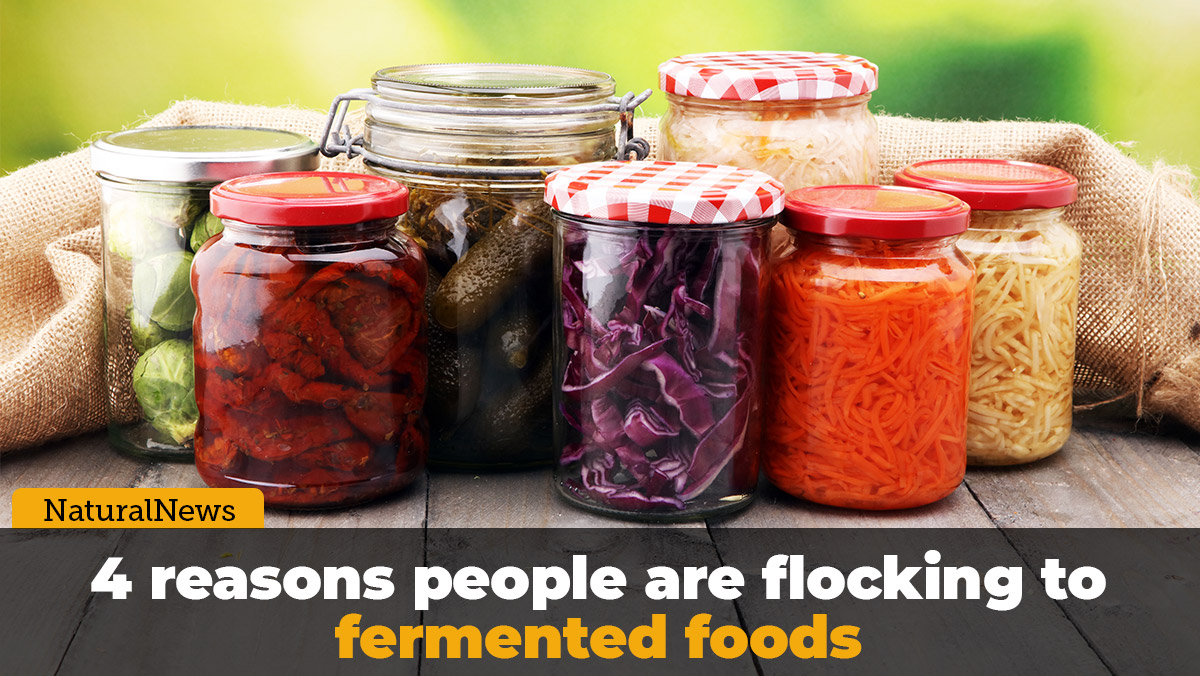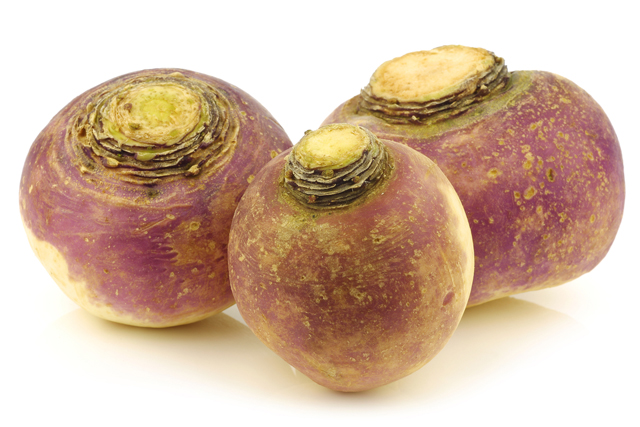Avocados may soon be available all-year-round in California
05/06/2017 / By Frances Bloomfield

Avocado fans of America: Rejoice! The beloved green fruit may soon be growing year-round in The Golden State. Thanks to the efforts of subtropical horticulturist Dr. Mary Lu Arpaia, the Central Valley is poised to become the harvesting grounds of California’s avocados.
The state is already America’s biggest avocado producer, with farmers maintaining orchards along the coast and in the southern section. However, the growing season for avocados in California is from February to September only, and reaches its peak during the summer. Compared to Mexico—the biggest supplier of avocados to the United States in the last year—which cultivates the fruit all year long, the growing season for Californian avocados is very brief. Arpaia and her colleagues have been working to change that and has finally succeeded after more than 20 years of research.
According to NPR.org, California’s “agricultural powerhouse” is none other than the Central Valley. Anything that grows in this massive expanse of flat land will have to endure intervals of blistering heat and freezing winters. Only the hardiest and most robust plants could successfully thrive in the Central Valley, and Arpaia believes that she may have found three avocado varieties that fit the bill.
One of them is the GEM avocado, a descendant of the more common Hass variety. Arpaia and her colleague Eric Focht have recommended GEM avocados to growers because it possesses qualities that will allow it flourish the Central Valley. GEM avocado trees can be planted near one another, produce a high yield of fruits, and they don’t grow very tall. Furthermore, Westfalia Fruit Estates, the South African company growing the GEM variety, has said that GEM avocados received better eating quality scores on taste tests.
The second type of avocado has been nicknamed “lunchbox” due to its small size. The third type has yet to be named, but Arpaia has spoken glowingly of the fruit which she claims “just falls out of the skin.” She’s also remarked that it “makes wonderful guacamole, and I found with a non-replicated test in my refrigerator the fruit doesn’t brown.”
The “lunchbox” and unnamed varieties should be widely available within one or two years, Arpaia has said. Moreover, Arpaia has also stated that she would like certain avocado varieties to be link to different times of the year. “I want our avocado varieties to be in season for more than one week. I want it where you can say it’s July—it’s time to pick this variety.”
Others have taken notice of Arpaia’s research. Tim Spann, Research Program Director of the California Avocado, told NPR.org that the presence of distinct avocado varieties during certain times of the year could boost the California avocado market. “We have those premium supermarket chains that want California fruit. So if we can develop other varieties that will expand our season to a year-round or nearly year-round position, that would be fantastic,” Spann said, before adding that the new varieties could also encourage the avocado industry to rethink its priorities.
According to Spann, the outbreak of pests harming avocado trees caused the industry to pull funding from avocado research and focus on the pests instead. Now, however, things have changed for everyone involved in avocados.
Arpaia’s research could not have arrived any sooner. As reported by the NationalPost.com, avocado prices have reached an all-time high. Just last year Americans consumed over two billion pounds of avocados. The increasing demand has also demanded an increase in price, with a 10-kilogram box of Hass avocados from Michoacán, Mexico commanding $27.89 in April of this year. (Related: Love avocado? Don’t miss out on the natural antioxidants and fiber hidden in the seed)
Stay up to date on what’s going on in the food industry by visiting FoodSupply.news.
Sources include:
Tagged Under: avocado, avocados, California, fruits






